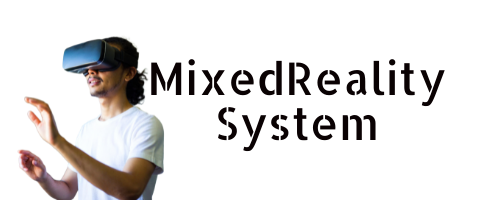At a Glance
- Inseye has canceled the $160 Lumi eye-tracking accessory for Meta Quest 2 and 3 headsets.
- Quest owners who placed $1 refundable deposits will receive full refunds.
- The company is redirecting resources toward smart glasses and AR eyewear partnerships instead.
- Quest 2 and 3 users lose access to eye-tracking features that would enhance immersion and interaction.
- Inseye maintains commitment to eye-tracking technology despite abandoning the VR accessory market.
Inseye Pivots Away From Lumi. The eye-tracking tech company just hit the pause button on their much-anticipated Lumi project, which was supposed to bring fancy eye-tracking to Meta Quest 2 and 3 headsets for a cool $160.
Talk about a plot twist for VR enthusiasts who had already put down their $1 refundable deposits, hoping to level up their Quest experience!
So what’s behind this change of heart? Well, Inseye isn’t abandoning ship on eye-tracking altogether – they’re just changing lanes. The company has decided to go all-in on smart glasses and AR eyewear partnerships instead.
It’s like when you’re at a buffet and realize you can’t possibly fit both the prime rib and the lobster on your plate – sometimes tough choices must be made!
The reality for startups like Inseye is that resources aren’t unlimited. Trying to juggle both VR add-ons and AR partnerships was stretching them too thin.
I remember when my friend tried to train for a marathon while planning her wedding – something had to give! In Inseye’s case, they looked at where the tech world is headed and placed their bets on the emerging smart glasses market.
For Quest owners who were excited about the Lumi add-on, this news might feel like finding out your favorite coffee shop is closing. The $160 eye-tracking accessory would have brought premium features to the already popular headsets, making interactions more intuitive and immersive.
Fortunately, those who put down deposits won’t lose anything – the company is honoring its refundable deposit policy.
Despite this pivot, Inseye hasn’t lost faith in VR’s future potential. They’re just following where they see the most immediate opportunity. Major studios are already implementing immersive experiences to revolutionize storytelling in virtual reality.
The good news for the tech community is that their eye-tracking expertise will still make its way into consumer products – just in a different form factor than originally planned. The Lumi would have utilized infrared PCCR technology similar to what’s found in high-end VR headsets, though with some inevitable compromises in sampling rate compared to premium solutions. The device was designed to use 6 photosensors strategically positioned around the headset lenses to track eye movement with remarkable accuracy.
Sometimes the road to innovation takes unexpected turns!



Leave a Reply